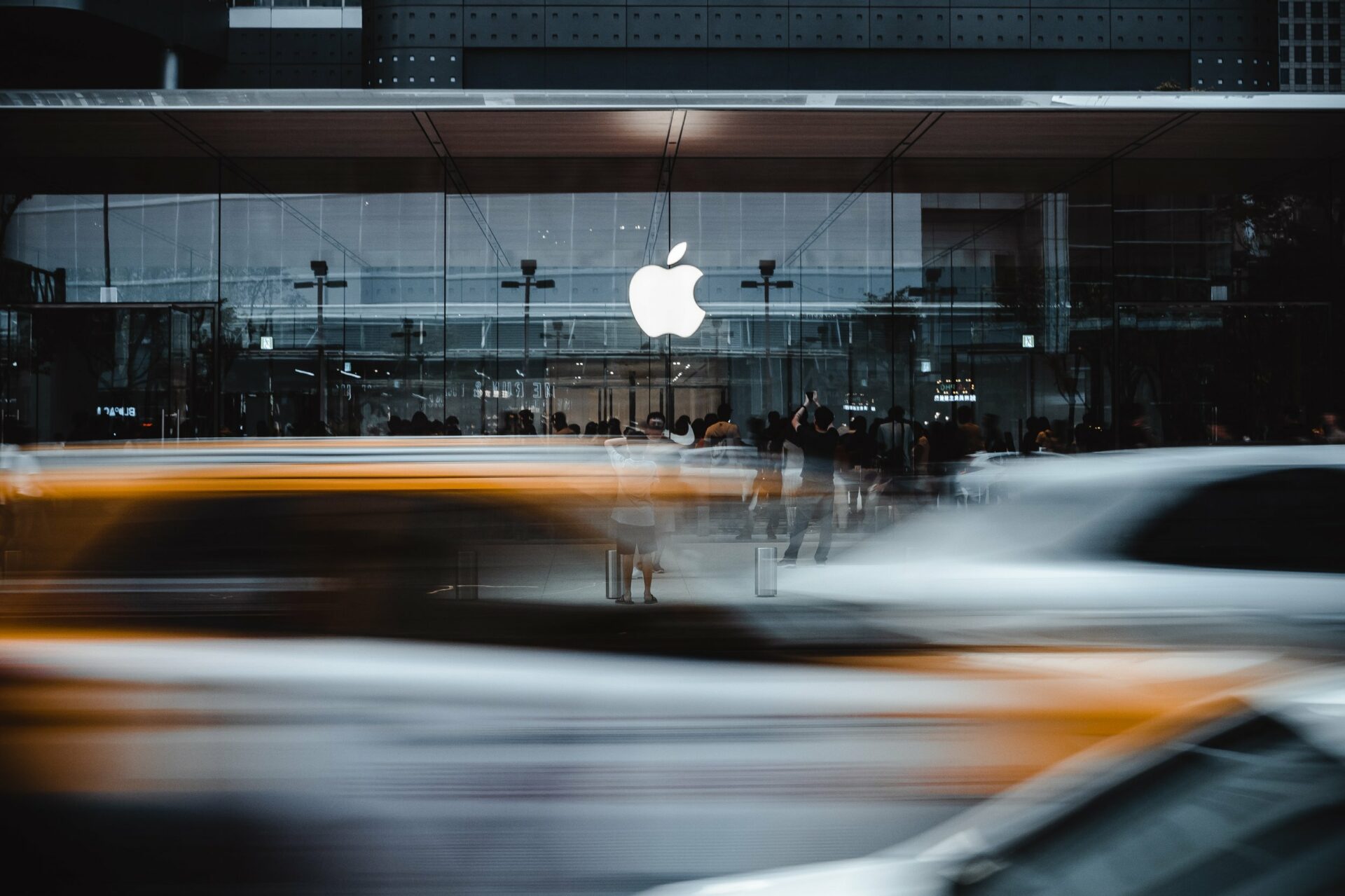The ongoing repercussions of the COVID-19 pandemic on everyday life, and how brands have adapted to conduct business remain a source of constant evolution for both ourselves as consumers, but also for brands as we all adjust to this ‘unusual standard’.
Brands across every sector that market to the younger generation have been affected by the pandemic, whether they’ve been forced to close temporarily or adapt their business model.
Whilst the climate has been challenging, some of Gen Z’s favourite brands have flourished during these uncertain times, using quick and reactive methods to stand out. Gymshark for instance, temporarily renamed itself to ‘Homeshark’ to raise awareness about social distancing and to support the closure of gyms. Nando’s welcomed their consumers to the brand by giving their fans recipes of some of their most popular dishes during lockdown through Instagram live cook-alongs.
According to the Capgemini Research Institute Report, ‘What Matters to Today’s Consumer’, Gen Z has been the most prolific generation directly ordering from brands over the past six months (68%), which shows the impact direct brand marketing can have and how important it is for brands to adapt their messaging and practices to the current climate.
We recently conducted an internal poll of our Imagen Insights community to understand what brands won our Gen Z community’s heart, more about their shopping habits and what makes them like a brand during the pandemic.
From our findings:
-
Amazon was the most popular brand gaining 30% of the votes
-
29% of respondents identified brand quality as the most important factor to like a brand
-
Clothing was the most purchased item during the pandemic ranking 30% of the votes
Apple is a perfect example of how adaptability played a huge role in survival during the pandemic. Not only focused on selling devices and gadgets, Apple moved heavily into services that grasp Gen Z’s attention (Apple TV, financial services, health care and entertainment). The latter, entering into the entertainment space, may be the most competitive market they were launching, with big players like Netflix and Amazon Prime already well established and with vast awareness. With that, during the pandemic, Apple reached an astonishing $3trillion market valuation (Higher than UK’s 2020 GDP as a comparison) which shows the magnitude of the brand.
…one of the biggest challenges we see for brands is accurate representation of their consumers, and building and maintaining their trust.
Apple is a highly popular brand amongst our Gen Z community and we found out that 68% of our consultants believed that their offering stood out during the pandemic compared to their direct rivals “Samsung”. It would appear Gen Z’s trust in the value of the American tech giant is so high that 91% would be willing to hold shares in the company.
Looking ahead for 2022 and beyond, one of the biggest challenges we see for brands is accurate representation of their consumers, and building and maintaining their trust. Based on our “Brutally Honest Gen Z Report for 2022”, brands rank the lowest in our community’s trust when polled against friends/family, experts, media outlets, social media and the government. In addition to this, over two thirds, 68% believe their demographic is not represented accurately in media and advertising. It will be very interesting to see how brands will adapt to conquer and maintain Gen Z’s approval in this matter.
One thing for sure is, Gen Z is a very aware and vigilant demographic when it comes to fair representation and will not hold back their opinions. They will most definitely, over the course of 2022, continue to hold brands accountable for their actions and commitments. Brands that make Gen Z feel understood and embrace their values are the ones they will prefer to support and be engaged with. So, regardless of size and popularity (using the Apple vs Samsung example), brand loyalty only goes so far. Brands who adapted their business model and aligned themselves with the same values and beliefs of their consumers during the pandemic, were the ones that succeeded.

